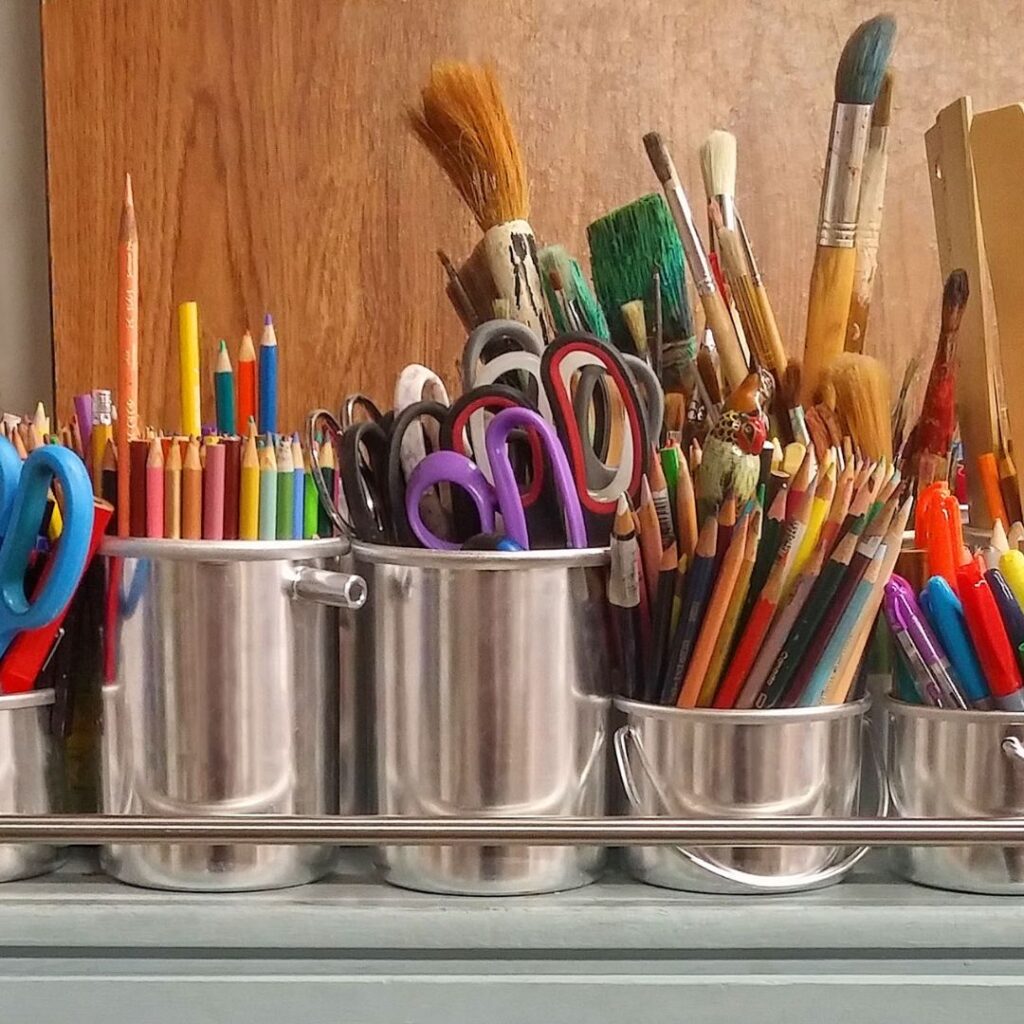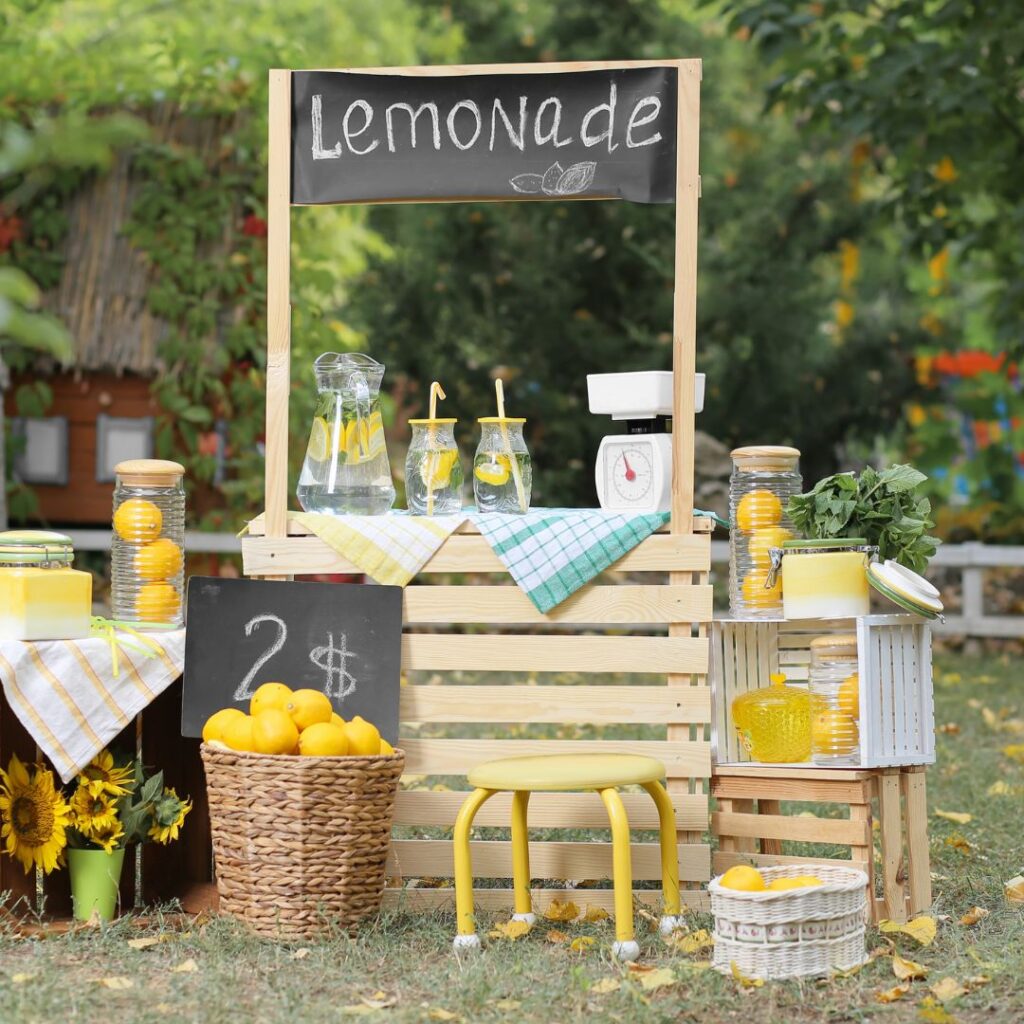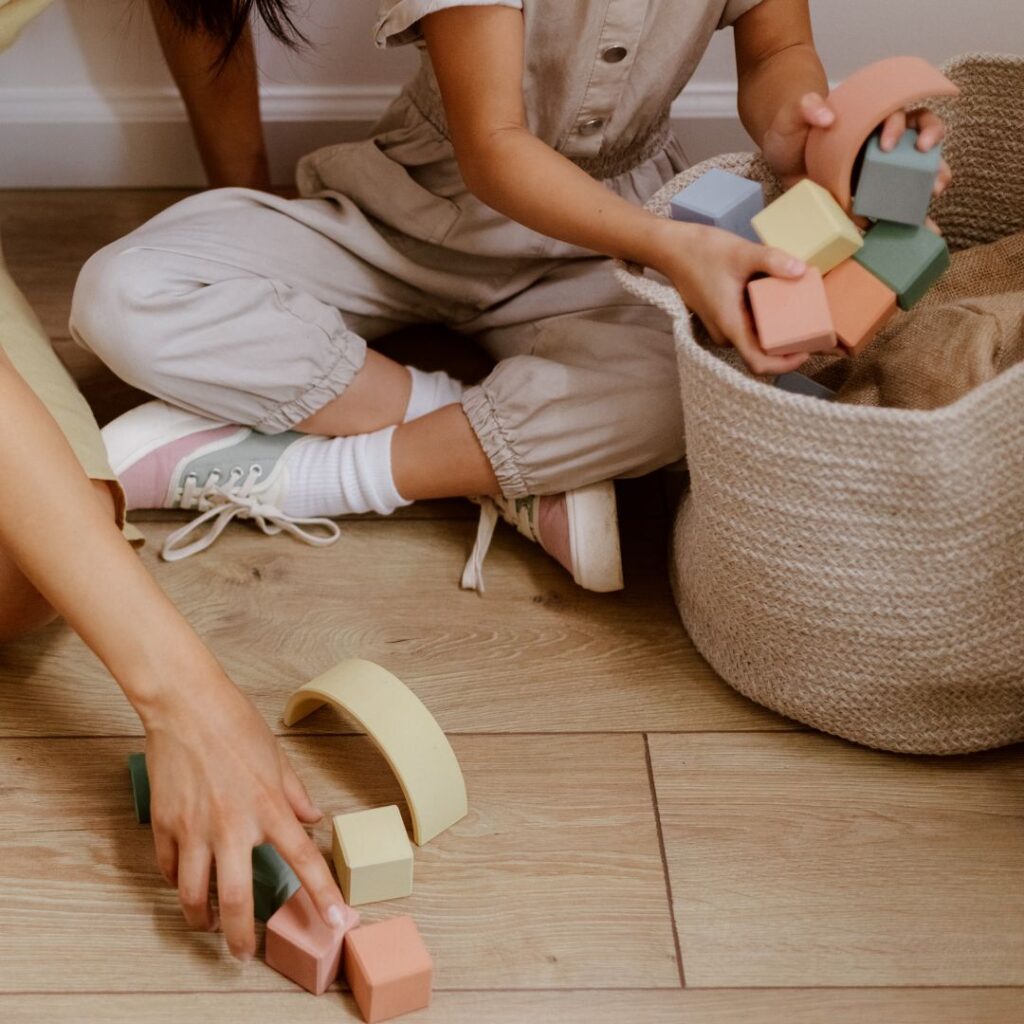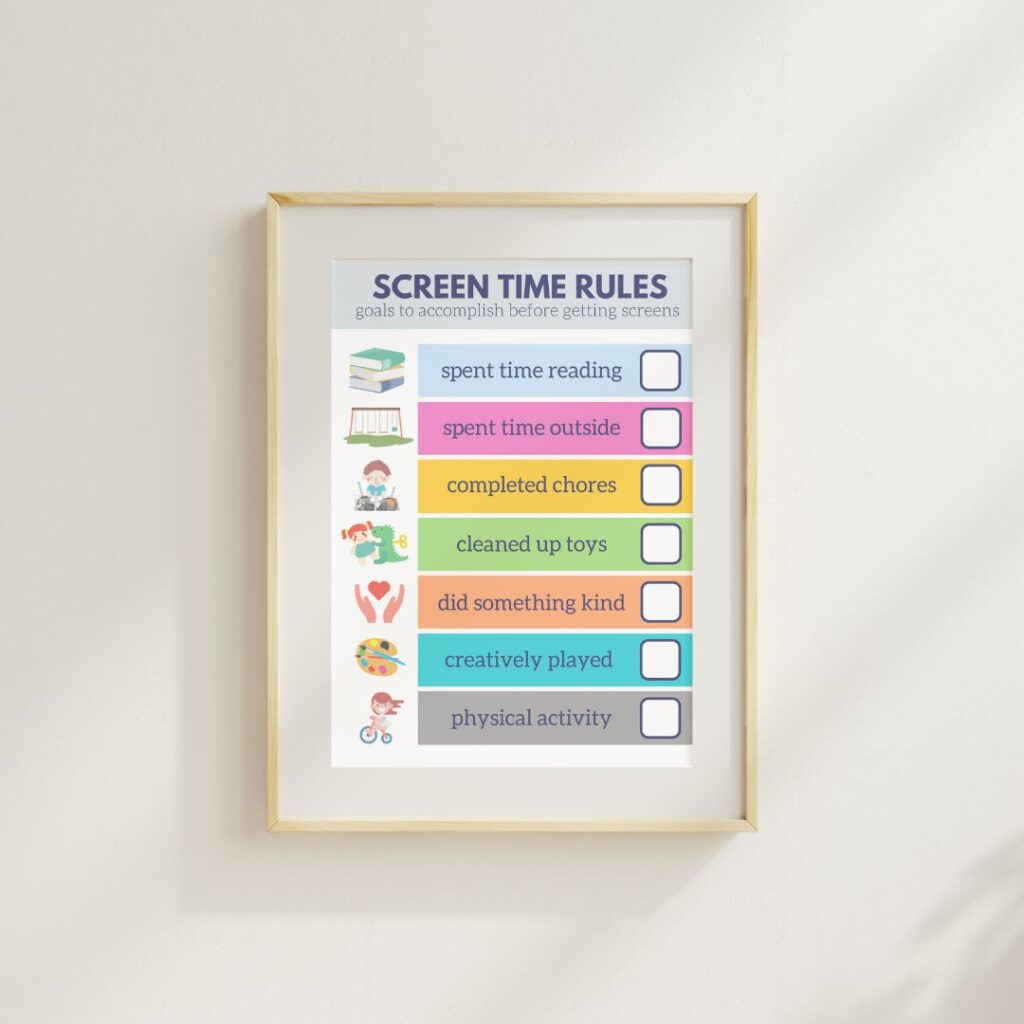In today’s digital world, summer often means a battle between screens and sunshine. Screen free Summer fun is essential. As a professional organizer and mom, I’ve seen firsthand how planning screen-free activities can help children thrive during the summer months, boosting creativity, independence, and connection.
If you’re wondering how to reduce screen time without the protests, the answer lies in intentional organization and creative planning. Here are my favorite tips to help you design a screen free summer that’s fun, flexible, and full of meaningful memories.
1. Create a Summer Activity Center
Start by organizing a dedicated area in your home where kids can easily access activities. Use labeled bins, baskets, or drawers for different categories. In our house we have a craft closet with labeled bins and a designated craft table that they can get messy. We also set up an area with board games and a gaming table to encourage traditional games board games instead of screens to play games with friends (that is my favorite fun area – check out our blog on our family’s favorite board games and how to store them).
Outside we created a mud kitchen out of free pallets from our local garden center and stocked it with old kitchen equipment so the kids can create and get messy together all day. We also stocked our garage with lots of wiffle ball bats, street hockey sticks, footballs, basket balls, soccer balls, yard games like ladder golf, ring toss, badminton, and disc golf, sidewalk chalk and bubbles to encourage outdoor activities with friends.
Creating a water station for activities to cool kids down is also a good plan. Include a sprinkler, reusable water balloons, water balls, a Slip & Slide or even a blow up water slide (my kids love the one my neighbors have).
Here is the list of some other areas I recommend to stock your supplies:
- Arts & Crafts (markers, paper, beads)
- STEM Supplies (building kits, science experiments)
- Quiet Time (puzzles, books, journaling)
Pro Tip: The local library is a great adventure out of the house to not only get free puzzles and books but also find many kits and supplies to borrow and play. Check out your local “Library of Things.” My kids also love the craft room at ours that has so many free supplies to sit and create, including a Cricut and a button maker.
Rotating activities frequently helps keep things fresh and avoids boredom.
2. Make a Screen-Free Summer Bucket List
Sit down with your kids at the beginning of the summer and brainstorm a list of screen-free adventures. Use a printable checklist or whiteboard to track completed activities. I have also created a Summer Bucket List printable as part of my Summer Activity Pack.
Examples for your list include:
- Build a backyard fort
- Host a lemonade stand (Check out my Lemonade Stand Printable to plan and decorate your stand)
- Go on a nature scavenger hunt
- Create a family game night
- Have a water balloon fight
- Go Geocaching at a local trail
Pro Organizer Tip: Use a planner or printable calendar to assign one or two activities each week, so kids have something to look forward to.
3. Use Time Blocks to Structure the Day
While summer should be flexible, a little structure can go a long way. In our house it can become a free for all pretty quickly because we have an amazing neighborhood full of kids that travel on bikes in packs. You never know when the pack will arrive at your house.
We have created clear rules to keep the kids on track to stay on some sort of schedule as they wander from house to house. Some of these rules include telling us where you are going, do not ride your bikes in the middle of the street, always travel around in pairs, come home by 6:15 for dinner, no screens until after 5:00 and if you have cleaned up all of your messes.
Our neighborhood has organized a group chat “The Feral Kids Club” to help us figure out which house the kids have landed at and to send messages to them when they need to check-in. Structure does not have to look like a classroom all day, because kids should learn some freedom and independence in a safe environment, but rules should be clear.
One of my favorite books discussing creating a screen-free environment and the importance of more independence or kids is the recent best-seller The Anxious Generation: How the Great Rewiring of Childhood is Causing an Epidemic of Mental Illness, by Jonathan Haidt.
Organize your child’s day into screen-free time blocks like:
- Creative Hour (art, music, storytelling)
- Movement Time (bike riding, yoga, obstacle courses)
- Learning Zone (reading, journaling, science kits)
- Free Play (LEGOs, dolls, pretend play)
Keep it simple and consistent—structure helps kids feel secure and engaged without relying on screens.
4. Get Kids Involved in Organizing
Empower your children to participate in planning their summer. Let them help:
- Organize their activity bins
- Set up their daily schedule
- Decorate the activity center or calendar
- Choose which projects to try next
Ownership gives kids a sense of control, which naturally reduces the urge to fall back on screens.
5. Create a Screen-Free Challenge Chart
Make unplugging fun by turning it into a game! Create a chart that tracks screen-free hours with stickers or checkmarks. Offer small incentives for hitting weekly goals—like choosing dinner, picking the next family outing, or earning a small treat.
As I said earlier, we have a rule that there are no screens until 5:00 pm if they have cleaned everything they did all day. Also, I make sure they have done outdoor activities, exercise and some level of reading. This window for screen time is perfect for me because I can cook dinner in peace.
To help create incentives for my kids, I developed the printable Family Reward System which outlines screen rules, gives you screen time tickets kids can earn and family reward coupons that kids can cash in for fun activities.
6. Utilize Printable Tools
Printable activity packs can save time and inspire creativity. From summer bucket lists to road trip games and pretend play adventures, having ready-to-go resources makes screen-free planning easier and more exciting.
You can find even more printable resources like these at shoplifeslists.com to simplify your summer setup.
7. Be the Example
Modeling screen-free time is key. Read a book, work on a hobby, or join your kids in an outdoor adventure. When they see you enjoying life beyond the screen, it becomes the norm rather than the exception. It is so easy to get caught up on your own phone or computer. While I am not always the greatest example, I work to engage myself with the kids to play board games, sit with them before bed and listen to their day and we always encourage family meals for attentive dialogue. The more you can find ways to be present the happier everyone will be.
Final Thoughts
Creating a screen-free summer doesn’t mean eliminating all tech, it’s about balancing digital time with hands-on experiences that foster growth and connection. With a little organization and creativity, you can guide your kids toward a summer filled with meaningful memories—and less screen dependency.
Happy Organizing!
Kristin
About the Author:
Kristin is a Professional Organizer and owner of Livable Solutions Professional Organizing and Life’s Lists. She has been a professional organizer since 2004 and is designer behind Life’s Lists, where she creates practical and stylish organizational printables. As a mom to a boy and a girl, she finds daily inspiration in managing toys, games, activities, and family schedules—fueling her passion for helping others bring more order and ease to everyday life.
Disclosure:
This post contains affiliate links. I earn from qualifying purchases, at no extra cost to you! Thank you for supporting this blog and making content like this possible.









